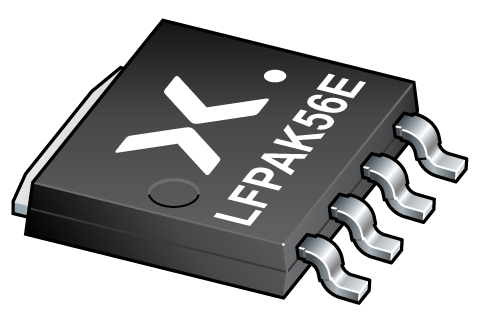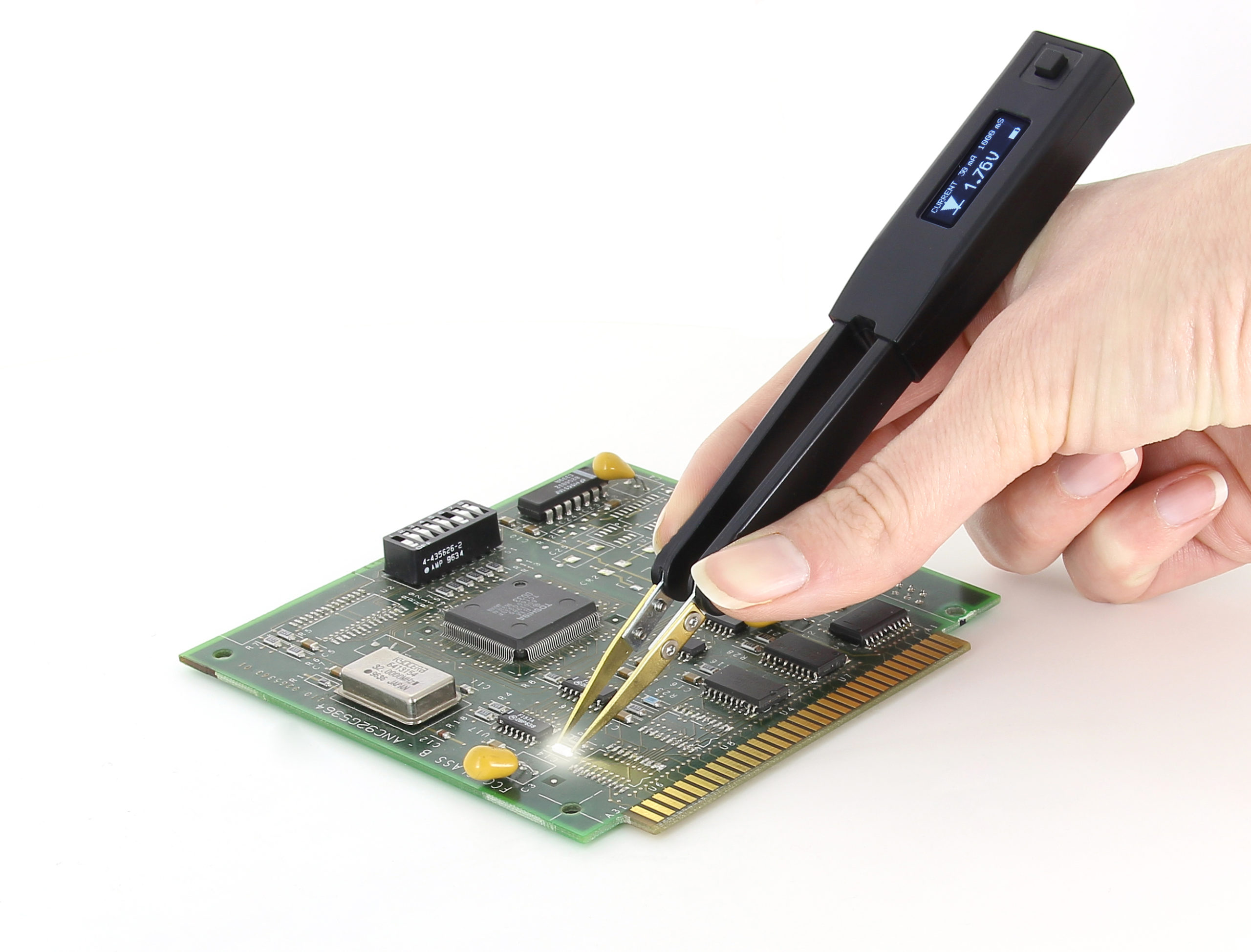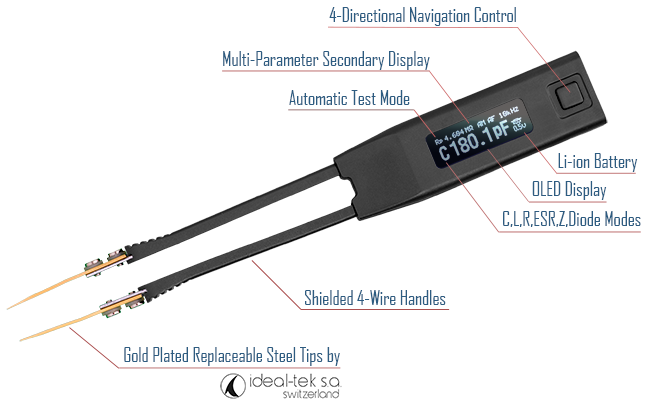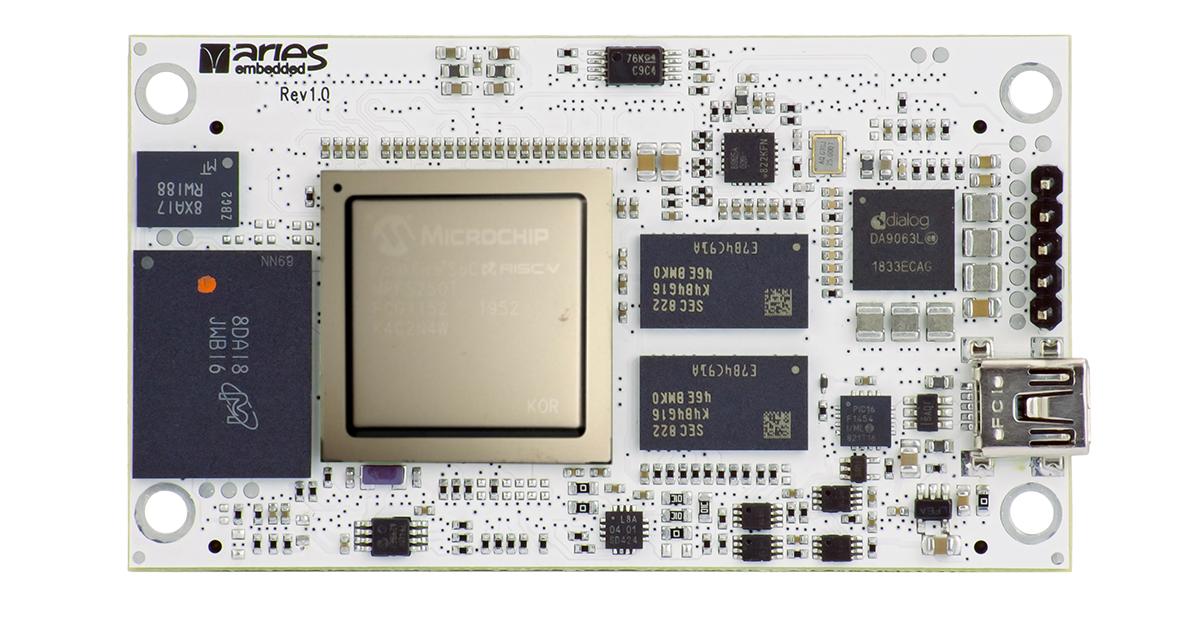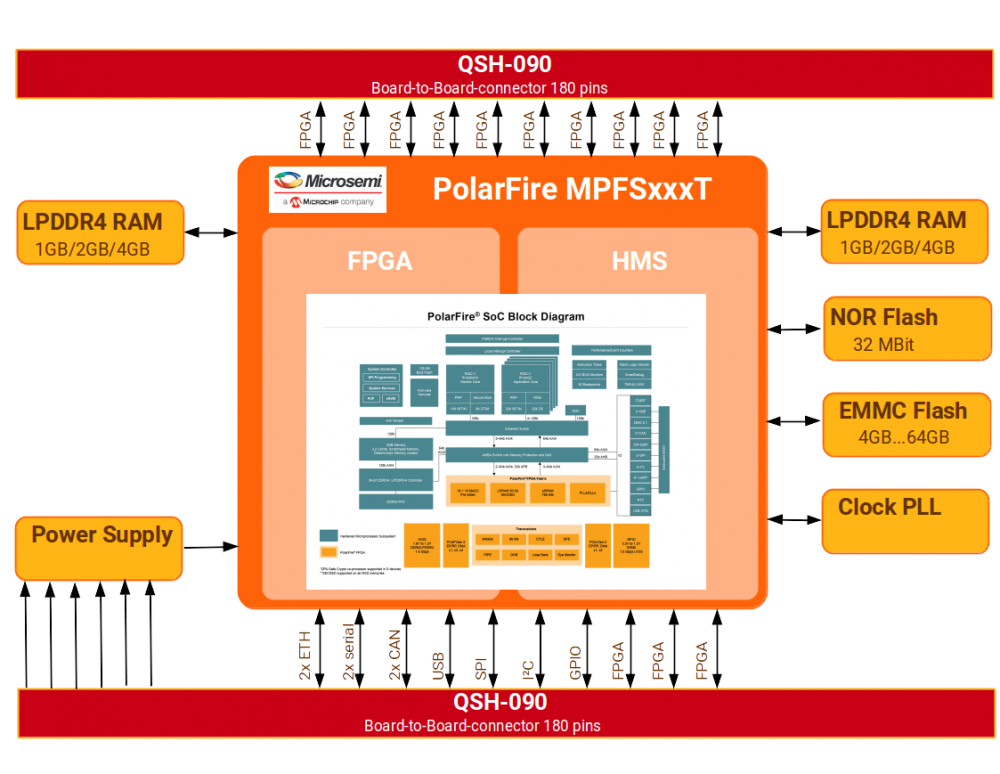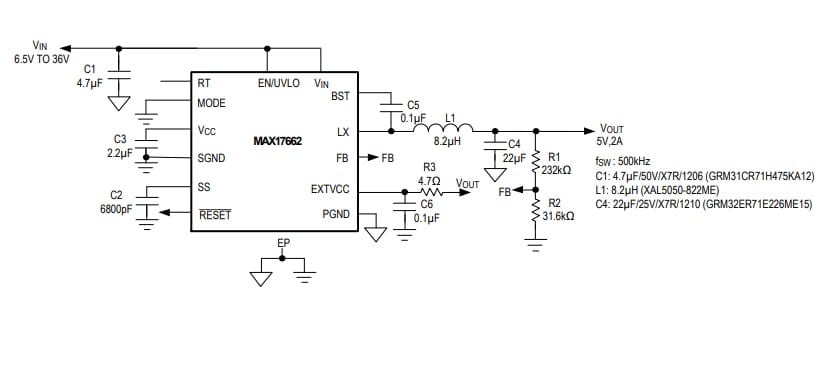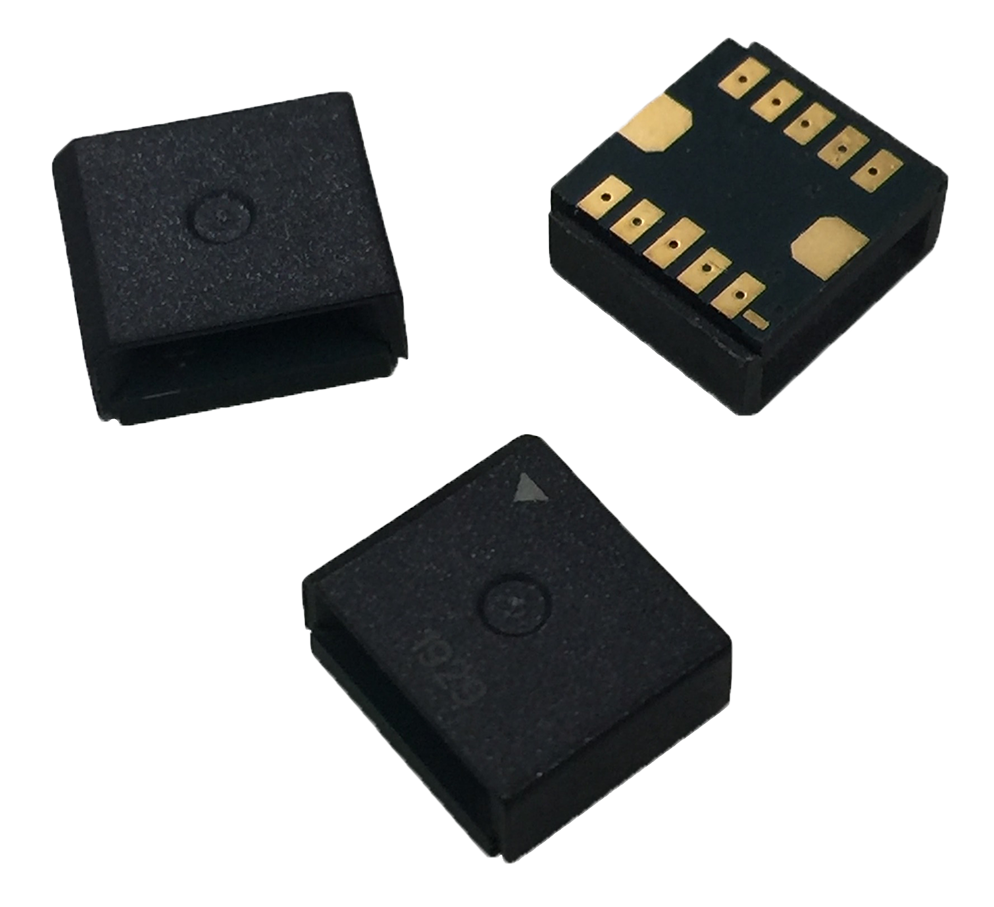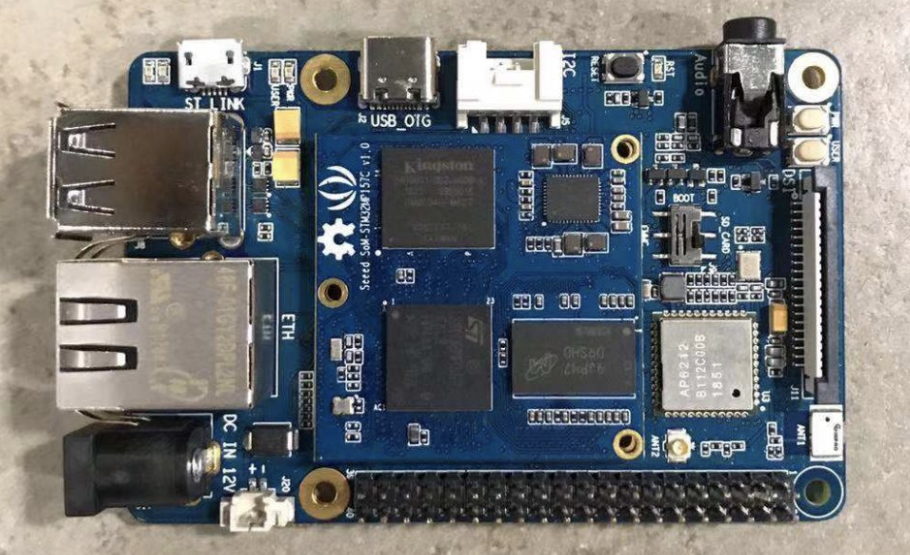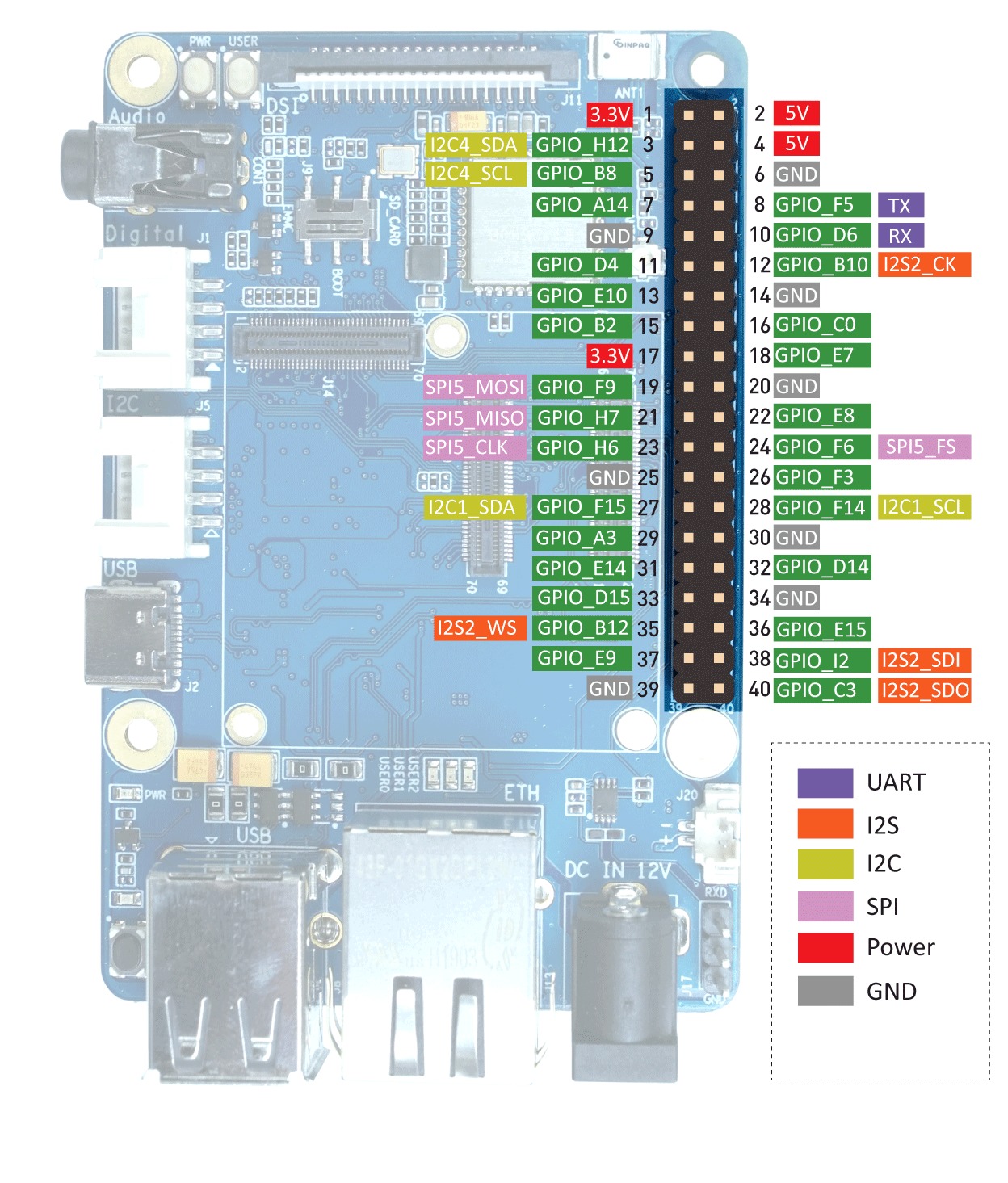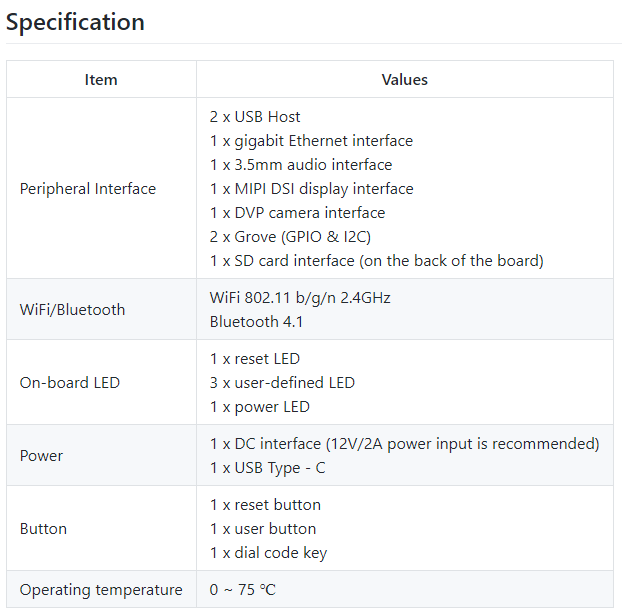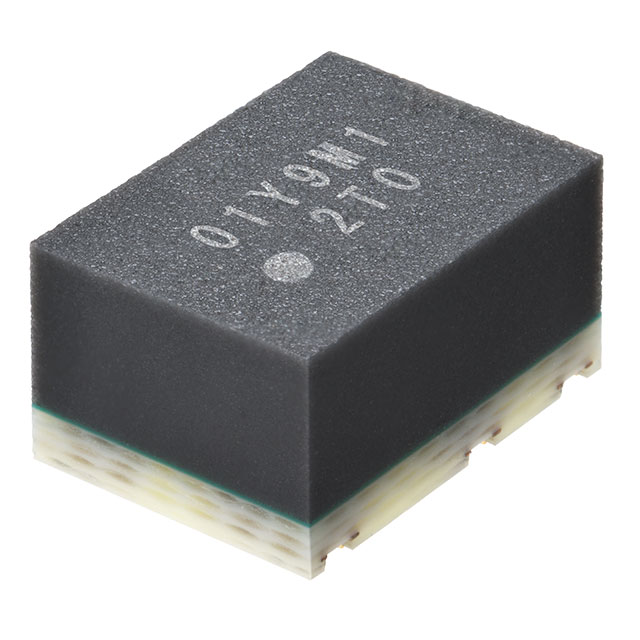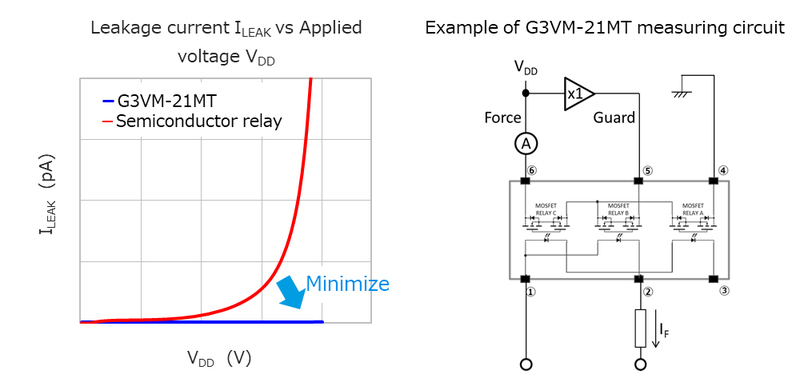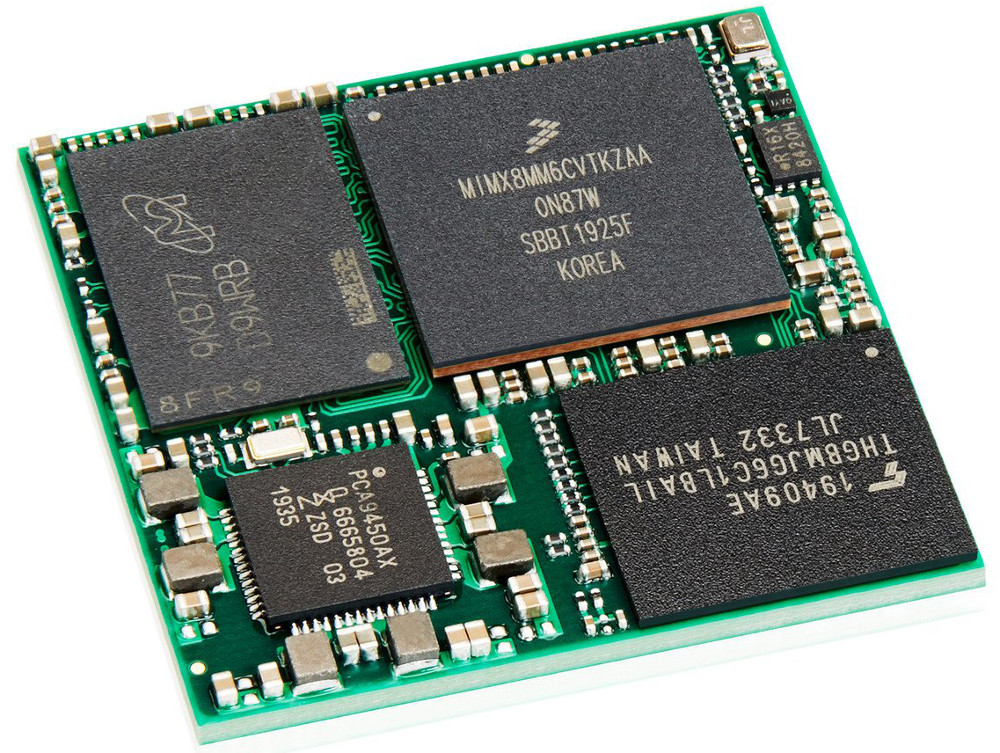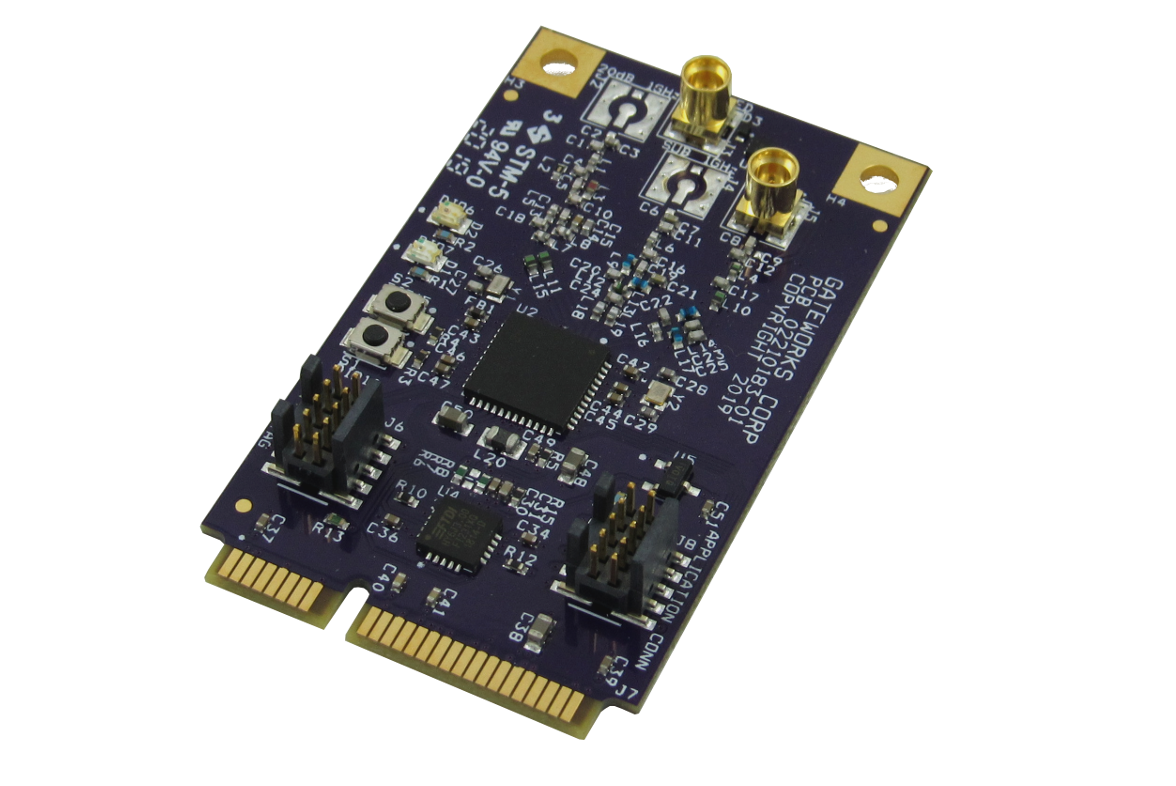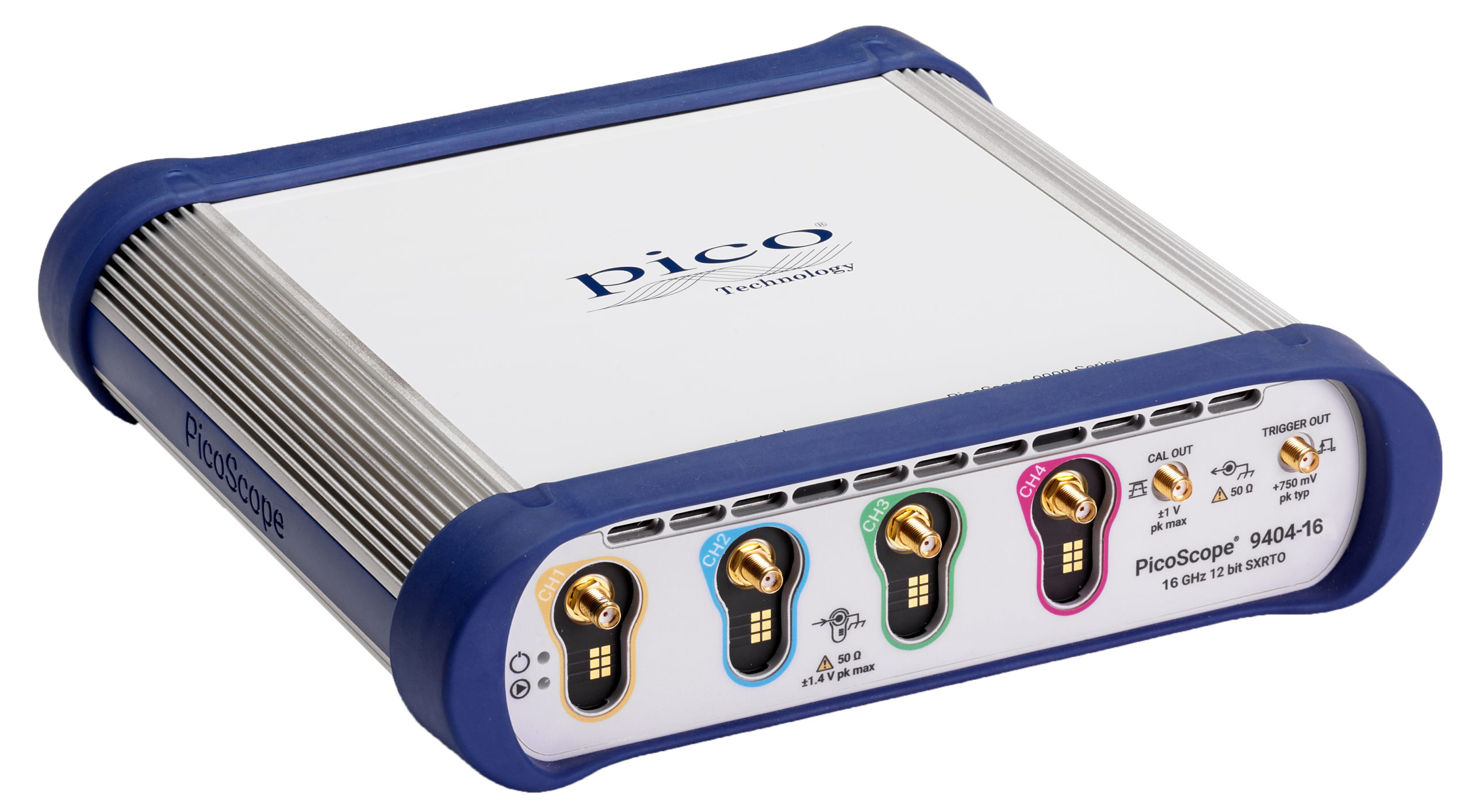
The PicoScope 9404-16 brings very high-speed performance at less than half the cost of other traditional benchtop solutions with four high-resolution 12-bit channels driven by up to 5TS/s (0.2ps) equivalent-time sampling
Saelig Company, Inc. has introduced the PicoScope 9404-16 SXRTO, a 16GHz sampler-extended real-time oscilloscope which extends the range of a preceding 5GHz model. Designed to analyze repetitive or clock-derived signals, it features four high-resolution 12-bit channels driven by up to 5TS/s (0.2ps) equivalent-time sampling (ETS). The wide-band inputs can accurately measure transitions as fast as 22ps, pulses down to 45ps wide, and permits clock performance and eye diagram analysis of up to 11Gb/s gigabit signals (to third harmonic). In addition, the real-time broadband sampling modes can support analysis for other common RF signals such as wireless frequencies of 900MHz, 2.4 and 5.5GHz and upwards. Pico’s SXRTO instrument architecture reduces the cost of broadband time-domain sampling for repetitive signal or clock-related applications.
In contrast to “sampling oscilloscopes”, the ETS technique supports trigger and pre-trigger capture and the familiarity, convenience and ease of real-time oscilloscope operation. Pico’s SXRTO technology seamlessly transitions to single-event, real-time waveform capture at sampling rates at and below 500MS/s. Both sampling modes capture to memory of 250,000 samples (single channel). This is particularly valuable for the capture of slower system signals, modulation envelopes, and repeating pulse or data patterns, for example.
This USB-controlled PicoScope 9404-16 is supplied with PicoSample 4 software. A free touch-compatible GUI controls the instrument and presents waveforms, measurements and statistics on an attached PC display. There is full support for available Windows display resolutions, allowing the inspection of waveform detail or presentation of measurements, for example on 4k monitors or projection, or across multiple monitors.
A wide range of automated and user-configurable signal integrity measurements, mathematics, statistical views and limits test facilities are included for validation and trending of pulse and timing performance, jitter, RZ and NRZ eye diagrams. Industry-standard communications mask tests such as PCIe, GB Ethernet and Serial ATA are included as standard. PicoConnect® 900 Series gigabit and microwave passive test probes are recommended for use with the 9404, offering a range of bandwidths, division ratios and AC and DC coupling for diverse applications. The PicoScope 9404 has an active SMA interface to support future configurations and accessories on this product architecture.
The 9404-16 is compact enough to place on a workbench in close proximity to a device under test. Made by Pico Technology, Europe’s award-winning test and measurement manufacturer, the PicoScope 9404-16 16GHz oscilloscope is available now from Saelig Company, Inc. their USA technical distributor.


